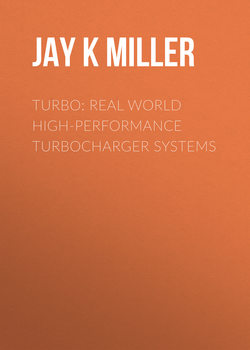Читать книгу Turbo: Real World High-Performance Turbocharger Systems - Jay K Miller - Страница 12
A Brief History
ОглавлениеAccording to most, the turboch-arger is credited to a Swiss engineer named Alfred Buechi. It was Buechi’s application for patent of a compound motor in 1905 that started the ball rolling. This patent did not describe the turbocharger as it is known today, but rather an axial flow turbine and compressor that shared a common shaft with the engine they were applied to. This early design was not a commercial success but gave rise to further developments in the area of use of gas turbines and compressors aiding engine performance.
Alfred Buechi, inventor of the turbocharger. (Courtesy ABB Turbo Systems LTD. Baden, Switzerland)
It wasn’t until 1916 when Professor Auguste C.E. Rateau, the French inventor of a then well-known steam turbine, applied for a patent. The patent, however, was not published until 1921. Meanwhile, during late 1917, the National Advisory Committee for Aeronautics, to consider rapid development of the turbocharger to support the war effort, approached Sanford A. Moss of General Electric (there is no known collaboration between Rateau and Moss). Research was carried out at Pikes Peak in Colorado, approximately 4,250 meters above sea level. At that time there were altitude test chambers for aircraft engines, but not for an engine, a turbocharger, a propeller, and all the accessories. Tests proved that sea level power could successfully be attained at altitude with a turbo, making turbocharging a solution for military aircraft to achieve higher speeds and altitudes.
The end of World War I slowed turbo development, but it provided time to consider design and testing issues. General Electric continued its research. During the World War II, Moss’s turbochargers were used extensively in aircraft and bombers like the well-known B-17 Flying Fortress. The turbocharger certainly had its contribution to the war effort and made a significant contribution to the Allied victory.
As with so many products and ideas, necessity is the mother of invention. The turbocharger is no exception. If engines are to be applied to a variety of uses, breathing is fundamental to their success. The internal combustion engine has reshaped our world and the turbocharger has helped the engine accomplish that task.
